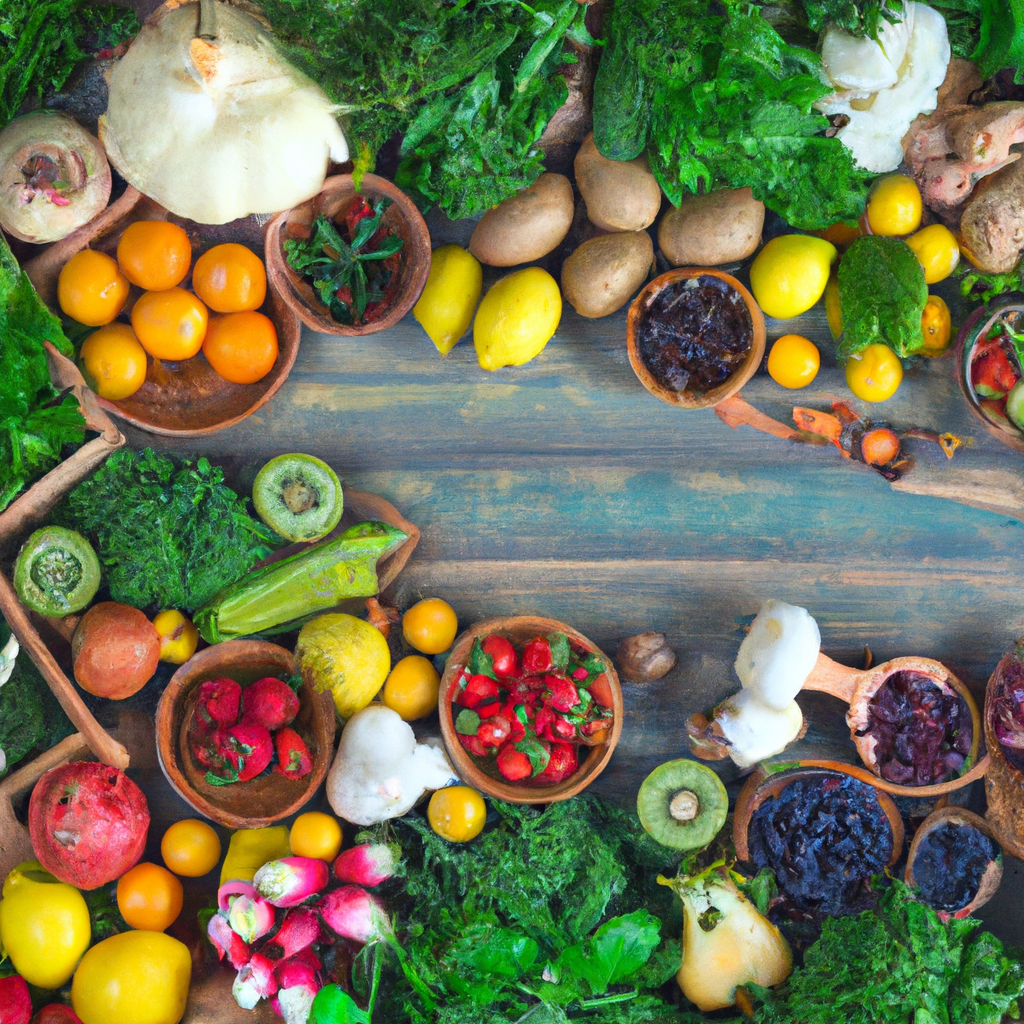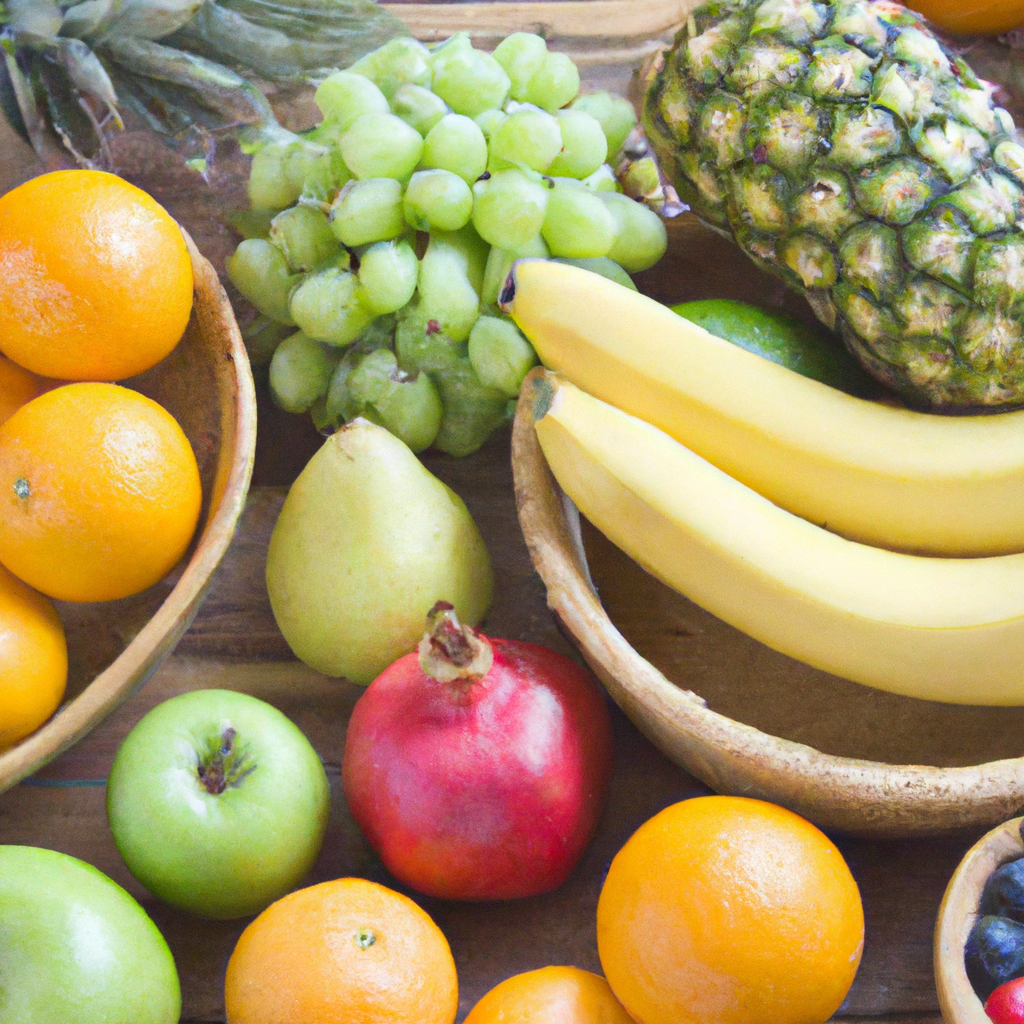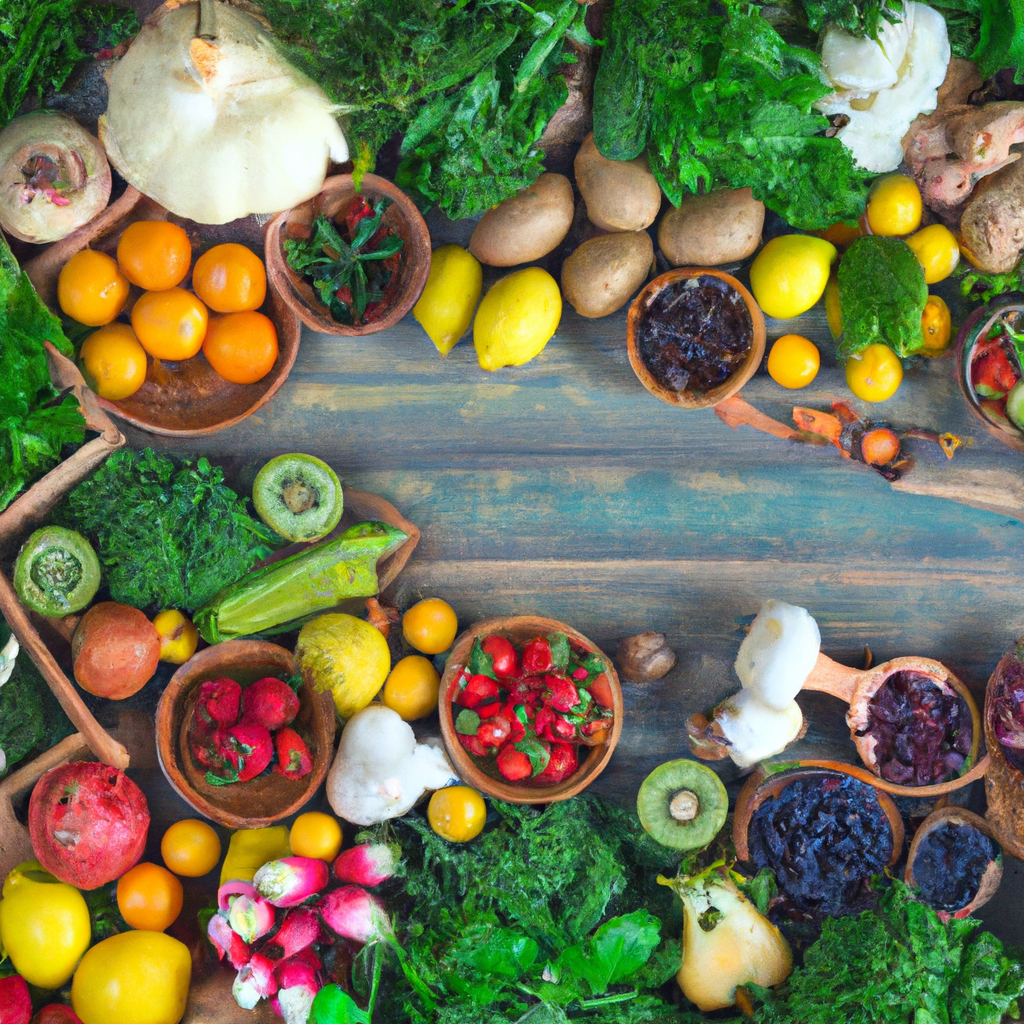Do you often find yourself experiencing the uncomfortable symptoms of acid reflux after indulging in certain foods? If so, you’re not alone. In this article, you’ll discover ten common foods that can trigger acid reflux and should be avoided to prevent discomfort. From spicy dishes to carbonated beverages, we’ll explore the culprits and offer alternative choices that can help you enjoy a more comfortable dining experience. So, buckle up as we take a friendly journey through the top ten foods to steer clear of if you want to keep acid reflux at bay!
Coffee and Tea
Caffeine content
Coffee and tea are popular beverages enjoyed by many people around the world. However, if you’re prone to acid reflux, you may want to be cautious with your daily caffeine intake. Both coffee and tea contain caffeine, a natural stimulant that can increase the production of stomach acid. This excess acid can lead to irritation of the esophagus, causing heartburn and discomfort. If you love your cup of coffee or tea, consider opting for decaffeinated versions or limiting your consumption to avoid potential acid reflux triggers.
Acidic nature
In addition to their caffeine content, coffee and tea can also contribute to acid reflux due to their acidic nature. The high acidity levels in these beverages can irritate the lining of the esophagus, leading to the characteristic burning sensation of heartburn. If you frequently experience acid reflux, it may be beneficial to switch to lower-acid alternatives such as herbal teas or non-acidic coffee substitutes to help reduce the risk of triggering symptoms.
Citrus Fruits
High acidity levels
Citrus fruits like oranges, lemons, grapefruits, and limes are commonly praised for their refreshing taste and high vitamin C content. However, they are also known for their high acidity levels, which can be problematic for individuals prone to acid reflux. Consuming citrus fruits or their juices can lead to an increase in stomach acid production, potentially exacerbating acid reflux symptoms. If you enjoy citrus fruits, it may be wise to consume them in moderation or consider less acidic alternatives such as apples or berries.
Citric acid
Citrus fruits contain citric acid, a natural compound that gives them their characteristic tart flavor. Unfortunately, citric acid can also contribute to acid reflux by irritating the esophagus and causing heartburn. It’s essential to understand that citric acid can be found not only in whole citrus fruits but also in many processed and packaged foods and beverages as a flavor enhancer. Therefore, it’s crucial to read product labels carefully and opt for lower-acid alternatives whenever possible to help manage acid reflux symptoms.

This image is property of pixabay.com.
Spicy Foods
Capsaicin
For those who enjoy a little heat in their meals, spicy foods can be a favorite indulgence. However, capsaicin, the active compound responsible for the fiery sensation in spicy foods, can trigger acid reflux symptoms in some individuals. Capsaicin has been found to impact the lower esophageal sphincter (LES), a ring of muscles that prevents stomach acid from flowing back up into the esophagus. When the LES relaxes due to the presence of capsaicin, it becomes easier for stomach acid to splash back, causing heartburn. If you have a sensitive stomach or are prone to acid reflux, it may be best to avoid or limit your consumption of spicy foods.
Increased stomach acid production
In addition to its effect on the LES, capsaicin can also stimulate the production of stomach acid. This increased acid production can further contribute to acid reflux symptoms, creating discomfort and a burning sensation in the chest and throat. If you find that spicy foods consistently trigger your acid reflux, it may be worth exploring milder alternatives or appropriate spice substitutions to help manage your symptoms effectively.
Tomatoes
High acidity levels
Tomatoes are a staple ingredient in many dishes, adding vibrant flavor and color. Unfortunately, they also have high acidity levels, which can be problematic for individuals with acid reflux. The acid content in tomatoes can irritate the esophagus and lead to heartburn and acid reflux symptoms. If you frequently experience acid reflux, it may be wise to limit your consumption of tomatoes, especially in their raw or highly concentrated forms, such as tomato paste or sauce.
Citric and malic acid
Apart from its high acidity, tomatoes contain both citric and malic acid, which can increase the risk of acid reflux. These acids can promote the relaxation of the lower esophageal sphincter, allowing stomach acid to flow back into the esophagus more easily. If you find that tomatoes are a trigger for your acid reflux, you may consider opting for alternatives like bell peppers or squash in your recipes to avoid potential discomfort.

Fried and Fatty Foods
Delayed gastric emptying
Indulging in fried and fatty foods can be tempting, but these choices can pose challenges for individuals prone to acid reflux. These types of foods take longer to digest, leading to a delay in gastric emptying, the process by which food leaves the stomach. This delay can result in an increased pressure on the stomach and a higher risk of stomach acid backing up into the esophagus, causing heartburn and acid reflux symptoms. If you’re prone to acid reflux, it’s best to limit your consumption of fried and fatty foods and choose lighter, healthier alternatives to support digestive health.
Relaxation of the esophageal sphincter
Additionally, fried and fatty foods can relax the lower esophageal sphincter, making it easier for stomach acid to escape into the esophagus. This relaxation of the sphincter allows acid to reflux, leading to symptoms like chest pain, regurgitation, and a sour taste in the mouth. By reducing your intake of fried and fatty foods, you can minimize the risk of triggering acid reflux and promote better digestive comfort.
Chocolate
Theobromine
Indulging in a piece of chocolate can be a delightful treat for many, but for some individuals, it can also trigger acid reflux symptoms. Chocolate contains theobromine, a compound that can relax the esophageal sphincter. When the sphincter is relaxed, stomach acid can flow back into the esophagus, causing heartburn and discomfort. While theobromine levels can vary depending on the type and quality of the chocolate, it may be wise to be mindful of your chocolate consumption if you’re prone to acid reflux.
Relaxation of the esophageal sphincter
In addition to theobromine, the fat content in chocolate can also contribute to the relaxation of the esophageal sphincter. Higher-fat chocolates, such as milk chocolate or chocolate with added nuts or fillings, are more likely to trigger acid reflux symptoms compared to lower-fat options like dark chocolate. If you find that chocolate is a trigger for your acid reflux, experiment with different types and quantities to find the right balance that suits your digestive needs.

Alcohol
Relaxation of the esophageal sphincter
Alcohol is known to relax the lower esophageal sphincter and can be a common trigger for acid reflux symptoms. When the sphincter is relaxed, stomach acid can flow back into the esophagus, causing irritation and discomfort. The effects of alcohol can vary depending on the type and quantity consumed, with some individuals experiencing acid reflux even with small amounts. If you’re prone to acid reflux, it’s best to moderate your alcohol intake or consider alternative beverages to minimize the risk of triggering symptoms.
Increased stomach acid production
In addition to its impact on the esophageal sphincter, alcohol can also increase stomach acid production. This excess acid can further contribute to acid reflux symptoms and create a more uncomfortable experience. If you choose to consume alcohol, it’s essential to drink in moderation, stay hydrated, and be mindful of your body’s response to help manage acid reflux symptoms effectively.
Carbonated Beverages
Carbonation
Carbonated beverages like soda, sparkling water, and certain energy drinks can pose a challenge for individuals with acid reflux. The carbonation in these beverages can increase the pressure in the stomach, potentially causing stomach acid to splash back into the esophagus. This can lead to discomfort and heartburn, especially if consumed in large quantities or on an empty stomach. If you experience acid reflux, it’s best to limit your intake of carbonated beverages and opt for non-carbonated alternatives to support digestive comfort.
Increased stomach acid production
In addition to the pressure caused by carbonation, some carbonated beverages can also stimulate the production of stomach acid. This increased acid production can further contribute to acid reflux symptoms and make the experience more burdensome. To avoid potential triggers, consider choosing non-carbonated versions of your favorite beverages or explore alternative options like herbal tea or infused water for a more soothing effect on your digestive system.
Mint and Peppermint
Relaxation of the esophageal sphincter
Mint and peppermint are often hailed for their refreshing taste and ability to soothe an upset stomach. However, for individuals with acid reflux, these herbs may not be the best choice. Mint and peppermint can relax the lower esophageal sphincter, allowing stomach acid to flow back into the esophagus more easily. This can lead to heartburn and acid reflux symptoms, contrary to the intended soothing effect. If you experience acid reflux, it may be wise to avoid or limit your consumption of mint and peppermint products to promote better digestive comfort.
Delayed gastric emptying
Furthermore, mint and peppermint have been found to delay gastric emptying, prolonging the time food stays in the stomach. This delay can increase the risk of stomach acid backing up into the esophagus and triggering acid reflux symptoms. If you enjoy the taste of mint or peppermint, consider exploring other herbs and flavors that can provide a refreshing experience without the potential risk of exacerbating acid reflux.
Onions and Garlic
High acidity levels
Onions and garlic are commonly used ingredients in various cuisines around the world. However, they contain high levels of acidity, which can be problematic for individuals prone to acid reflux. These ingredients can irritate the esophagus and lead to heartburn and discomfort. If you find that onions and garlic consistently trigger your acid reflux, it may be helpful to limit your consumption or explore alternative ways to season your meals, such as using herbs and spices that have lower acidity levels.
Relaxation of the esophageal sphincter
Like many other foods on this list, onions and garlic can also relax the lower esophageal sphincter. When this sphincter is relaxed, it becomes easier for stomach acid to flow back into the esophagus, increasing the risk of acid reflux symptoms. If you’re prone to acid reflux, it may be beneficial to sauté your onions and garlic until they are well-cooked, as this can help reduce their acidity and potentially minimize the risk of triggering symptoms.
In conclusion, while these foods and beverages can be enjoyed by many individuals, they may pose challenges for those prone to acid reflux. By being mindful of your personal triggers and making alternative choices, you can help manage your acid reflux symptoms and promote better digestive comfort. It’s essential to listen to your body and seek guidance from a healthcare professional if you have any concerns or questions regarding your acid reflux or dietary choices. Remember, a little awareness and modification can go a long way in achieving optimal digestive health.
